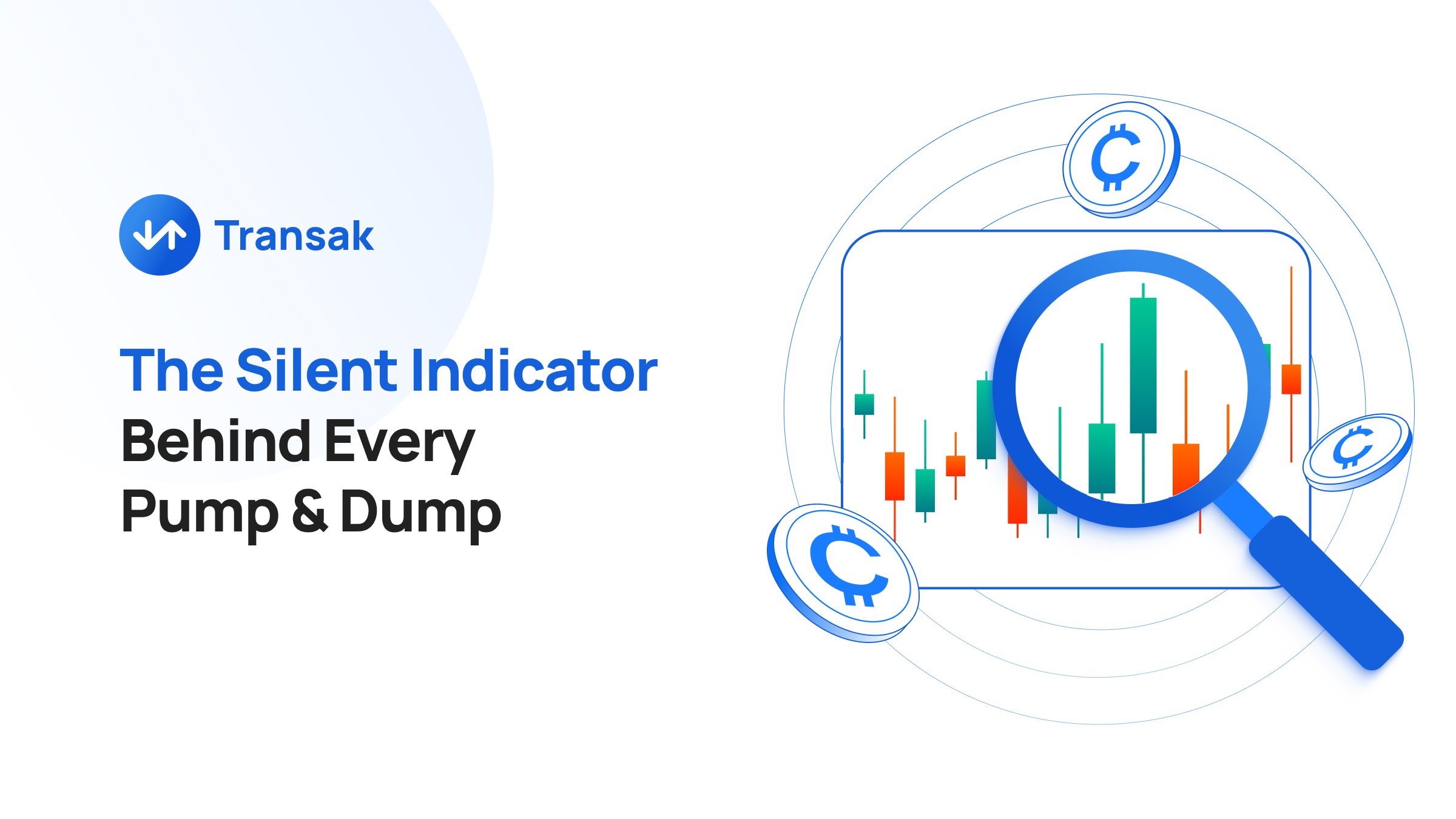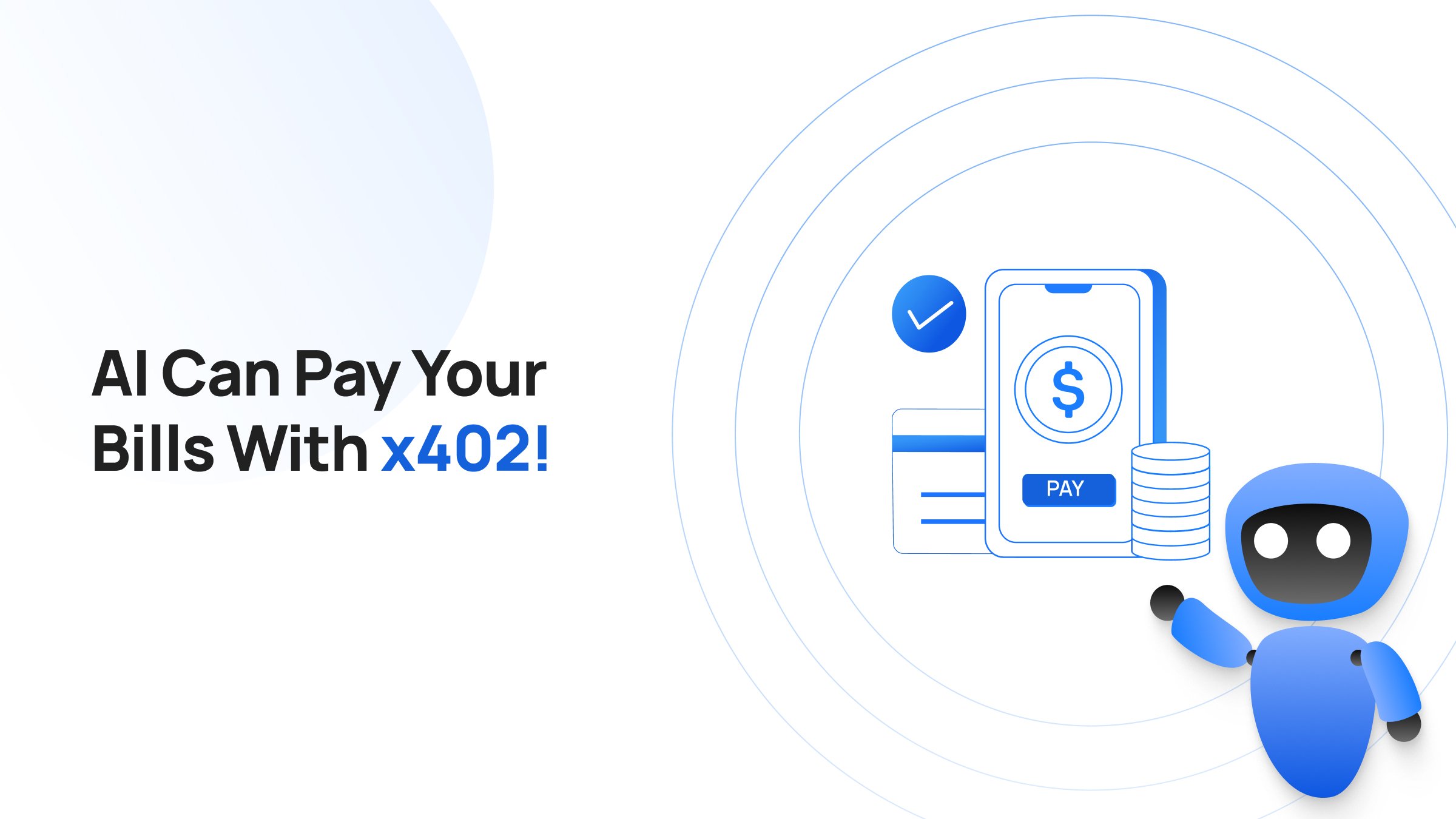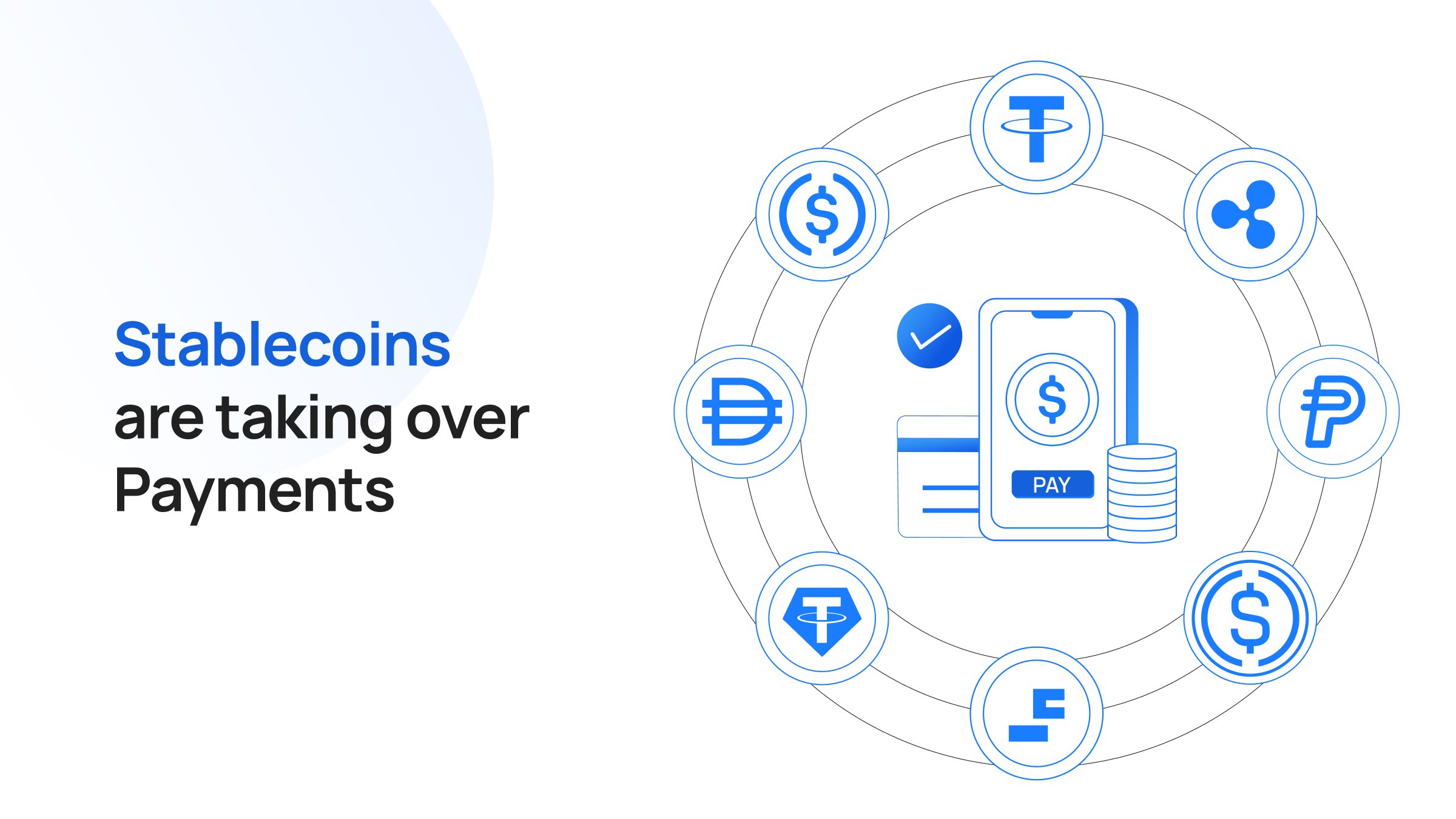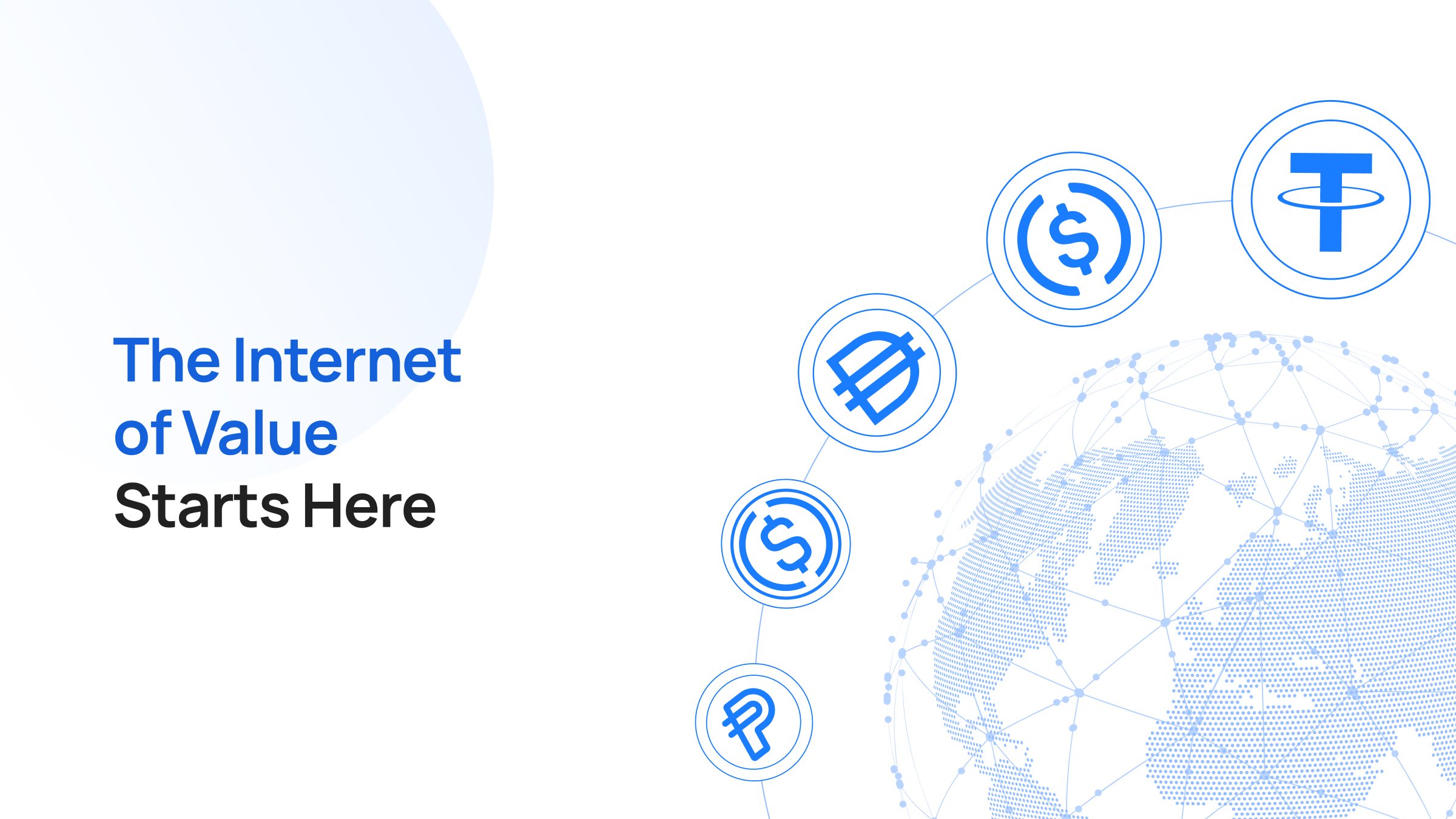Takeaways
When crypto markets move, most traders look at price charts, volume, and news headlines. But there’s one metric quietly shaping the momentum behind every breakout, breakdown, and trend reversal — and it’s often overlooked.
It doesn’t scream for attention like a pump or a dump, but it tells you who’s still in the game, where the money’s sitting, and how serious the market is about its next move.
If you’ve ever wondered why a coin breaks support despite bullish sentiment, or why a sudden rally fizzles out — this might be the missing piece.
Let’s unpack the hidden signal that seasoned traders swear by: Open Interest.
Traders who know open interest use it as a cheat code to predict price and market movements. For the uninitiated, Open interest (OI) doesn’t concern the ‘interest’ you earn on a deposit or pay on a loan. Instead, OI is a significant metric traders consider while engaging in derivatives trading.
OI counts the number of active contracts in any derivative market and helps traders confirm trends, identify signals, or gauge liquidity present at any point in the market.
What Is Open Interest?
Open Interest in crypto is the total number of active contracts (like futures or options) that haven't been settled yet. It shows how many positions are still open in the market, helping to gauge market activity and trends.
For instance, if the open interest in Bitcoin perpetual contracts is $2 billion, that means $2 billion worth of Bitcoin perpetual contracts are yet to be settled.
Side note: A derivatives contract refers to a financial agreement between two parties to buy or sell an underlying asset at a future date. In 2023, crypto derivatives trading dominated 75% of the total crypto trading volume.
OI tracks the total number of active participants at any point in the market. It helps traders affirm market trends, identify trend reversals, measure liquidity, and make trading decisions accordingly.
On TradingView, you can track OI for different derivatives and cryptocurrencies under the Indicators, Metrics, and Strategies tab.
How Is Open Interest Quantified?
Open Interest (OI) is quantified as the total number of active derivative contracts (like futures or options) that are currently open and have not been settled or closed.
Here’s how it works:
- +1 to OI when a new contract is opened between two parties (one long, one short).
- 0 change to OI if a position is transferred from one trader to another (existing contract).
- –1 to OI when a contract is closed — i.e., one party exits and there's no new taker.
Example:
- Trader A opens a long position by buying a BTC futures contract, and Trader B takes the short side → OI increases by 1.
- Later, Trader A sells the contract and closes the position, and nobody replaces it → OI decreases by 1.
Note: OI only counts open positions. It doesn't consider volume (which includes both opens and closes).
OI is usually displayed as a numerical value (e.g., 100,000 contracts) or a dollar amount (e.g., $2 billion in open contracts) on trading platforms and data aggregators.
Characteristics of Open Interest
1. Open interest measures active participation
Open interest indicates the number of interested traders in a specific derivatives contract for a particular cryptocurrency. This, in turn, indicates how liquid the market is and whether the contract is witnessing inflows or traders are shifting towards some other contract or cryptocurrency.
2. Open Interest is different from trading volume
Open interest differs from trading volume, as trading volume includes both open and closed derivative positions. OI concerns only those contracts that have yet to be settled. Open Interest can never be greater than trading volume, as the latter concerns both open and closed positions.
3. Open interest includes both long and short positions
Every new position concerning a derivatives contract involves a Maker and a Taker.
The Maker places the order while the Taker accepts the order.
Suppose the maker sells 3 contracts to the Taker. Here, the Maker is taking a short position while the Taker is taking a long position on the contract. For every long position, there is a corresponding short position in derivatives trading. Hence, the number of open positions remains 3, and so does the OI.
4. Open interest reveals Institutional and retail participation
You can access open interest metrics for individual exchanges. Binance and CMX hold large chunks of open interest from both institutional and retail investors. Any big movement in the open interest of these exchanges can signal increased activity or an incoming volatility in the market.
5. Open Interest is less accurate in higher time frames
Open interest is less accurate in larger time frames. As data becomes more averaged and finer movements in the charts get lost. It is recommended to use lower time frames, such as a 1-minute time frame, to map open interest for more accurate, real-time market insights.
How To Use Open Interest To Make Trading Decisions
OI (Open Interest) is an important determinant for traders to identify market direction or forecast price fluctuations. A high OI indicates more active market participants or money entering the market. Falling OI indicates otherwise.
When combined with other metrics like price, volume, etc., OI can give actionable insights into trend confirmation or reversal, volatility, price fluctuations, and leverage in the market. Traders can time their entries and exits. When OI is high, traders execute trades with ease and at lower costs.
Relationship Between Open Interest And Price
Hypothetically, there can be four broad case scenarios when we consider price and open interest as parameters. Each scenario solicits a measured response from the traders:
|
Price/OI |
OI UP |
OI Down |
|
Price Up |
New long positions open |
Short positions get closed |
|
Price Down |
New short positions open |
Long positions get closed |
Price Up/OI Up
Trend Confirmation: When OI and prices are up simultaneously, it indicates a strong uptrend or bullish momentum. It also suggests more money flowing into the market. Derivatives traders open new long positions during this phase.
Price Down/OI Up
Trend Confirmation: When prices fall against rising open interest, it suggests a continued downtrend or bearish sentiment. Traders start shorting their positions aggressively as a part of a trading strategy.
Trend Reversal: On the other hand, if the OI increases sharply against a price drop, this indicates panic selling and an upcoming bullish reversal or uptrend.
Price Up/ OI Down
Trend Confirmation: When open interest decreases against rising prices, it suggests traders are closing their short positions, which is driving the prices up, but money is exiting the market. This also indicates the bullish trend is weakening, and participants are losing interest.
Trend Reversal: Short selling against a sharp decrease in OI may also point to an upcoming bearish reversal or downturn.
Price Down/OI Down
Trend Confirmation: When both OI and price are decreasing, it suggests traders are closing their long positions and booking profits. This points to a weakening bearish trend.
A high open interest usually shows confidence in bullish or bearish momentum, while a low OI indicates traders are holding back and opening fewer short or long positions.
Price and OI Relationship
The table below shows possible market movements for the four price/OI case scenarios:
Trivia
Open interest data is also useful in identifying possible support and resistance levels to determine entry and exit trades.
Tracking of intraday OI numbers may also reveal institutional activity, as abnormally large increases in OI for any contract would indicate the involvement of significant market forces.
Relationship Between Open Interest And Volume
The efficacy of open interest as an indicator is hugely impacted by the trading volume at that point of time.
- High OI accompanied by high volume is a strong signal for the trend. It also indicates more active participants and incoming liquidity in the market.
- High OI/high volume combination also confirms potential breakouts supported by greater market participation.
- High OI paired with low volume makes the signal less reliable. Low volume also indicates a lack of enthusiasm in the market.
- High OI/Low Volume may also indicate high leveraged positions, which, if liquidated, may trigger a downward spiral.
Check out this post from an X user, Klintoshi. The post clearly mentions how crucial it is that high OI is supported by real demand/high volume to have any true impact.
Always use open interest data in combination with other metrics such as relative strength index (RSI), moving averages, volume, etc., to be sure the trend signal isn’t a false alarm.
Conclusion
Any derivatives trader seeking to book profits in the crypto market, needs to analyze trends, breakouts, reversals. Open interest is a significant metric which they can use to make informed decisions and time their entry and exit from the market.
If you are a derivatives trader, learning to identify strategies and time them with market movements, use open interest in combination with other metrics to trade your way to success.
Frequently Asked Questions (FAQs)
- Is high open interest good or bad?
High open interest is good when accompanied by price increases. This combination usually indicates bullish momentum. But if the OI is rising rapidly, it may point to an upcoming trend reversal.
- Is Open Interest a good indicator?
Open Interest is a valuable indicator for derivatives traders. It helps to assess market sentiment, liquidity, and trends. Traders can use OI to gauge the opportunities and risks by measuring leverage and price changes against increasing/decreasing OI.
- Can Open Interest be negative?
No. Open interest can be zero, but it can never be negative. It represents the number of active contracts in the market. The daily changes can be positive or negative depending upon the number of contracts opened or closed, but the total amount is always positive.
- Can Open Interest be greater than volume?
No, open interest can never be greater than volume. Volume is the sum total of open and closed positions, while open interest only considers open positions.
- Can Open Interest decrease?
Yes, open interest can decrease when contracts or positions are closed, i.e., when existing participants who bought or sold contracts previously start selling or buying back.
- Should Open Interest be high or low?
High open interest shows optimism and increased liquidity in the market, while low open interest indicates less liquidity, fewer active participants, and a bearish momentum. Hence, a high open interest rate is usually preferable in the market.
- What does Open Interest tell you?
Open interest tells market sentiment, strength of bullish or bearish momentum, any upcoming trend reversals, amount of money flowing in or out of the market, and any upcoming volatility. Based on these observations, traders can make trading decisions, reduce risks, and book profits.






